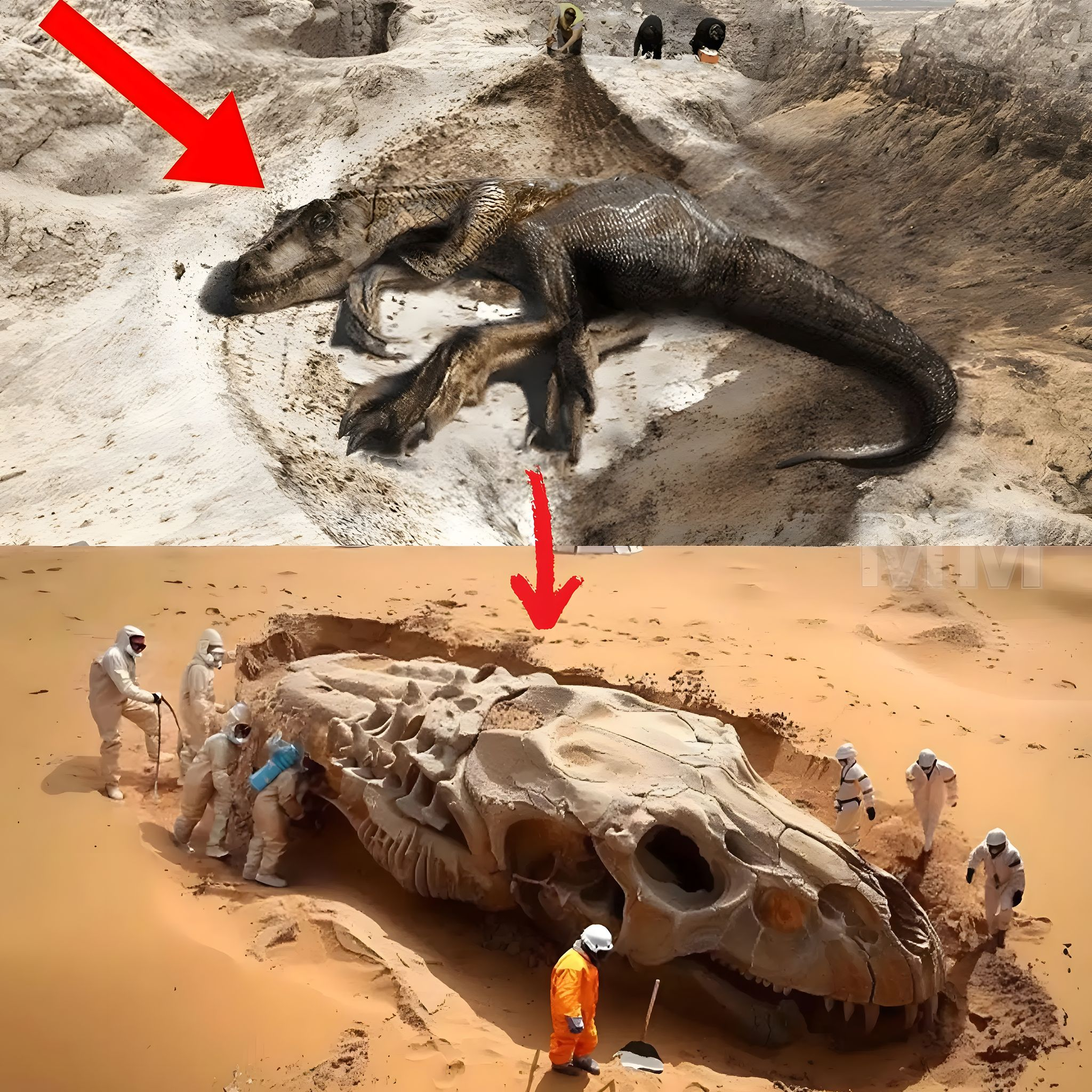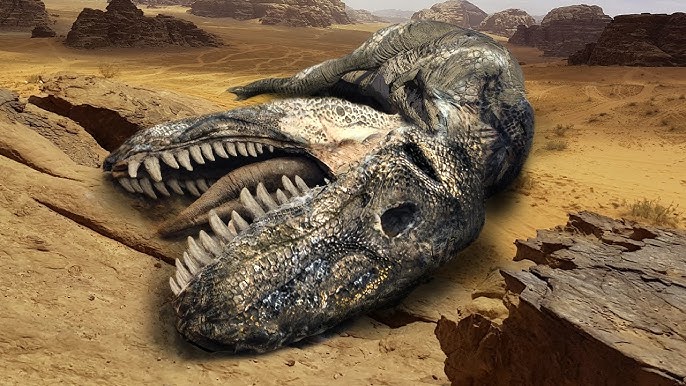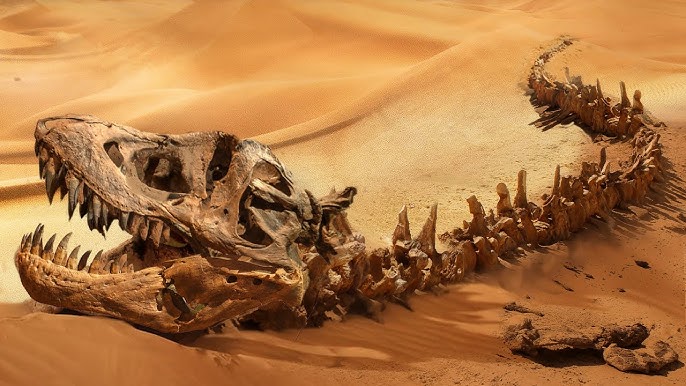Ancient Secrets Unearthed: Massive Dinosaur Skeletons Found in Desert Sands!
Deserts around the world are, in fact, premier locations for discovering massive dinosaur skeletons, and these finds are constantly reshaping our understanding of prehistoric life. The arid, sparsely vegetated landscapes of deserts like the Gobi in Mongolia, the Sahara in Egypt, and the badlands of the American West expose rock formations from the Mesozoic Era, making them ideal hunting grounds for paleontologists.

Some of the most famous and significant dinosaur discoveries have been made in desert environments. The Gobi Desert, for instance, is considered one of the richest dinosaur fossil reservoirs in the world. It was here that expeditions in the 1920s first uncovered dinosaur eggs and provided the world with the famous “fighting dinosaurs” fossil—a Velociraptor and a Protoceratops seemingly locked in combat at the moment of their death. The desert’s ancient, arid conditions, which once included rivers and lakes, led to the perfect conditions for preserving these incredibly detailed fossils.

In recent decades, the deserts of Argentina have become a new frontier for paleontology. The discovery of colossal sauropods, like Patagotitan mayorum, has cemented the region’s place as a source of some of the largest creatures to ever walk the Earth. The dry, dusty conditions of the desert have led to the preservation of these massive, long-necked titans, giving scientists an unprecedented look at their size and anatomy. The real secrets unearthed are not just about the size of these animals, but about their behavior, biology, and the ancient ecosystems they inhabited, as revealed by the unique preservation conditions of these arid landscapes.
